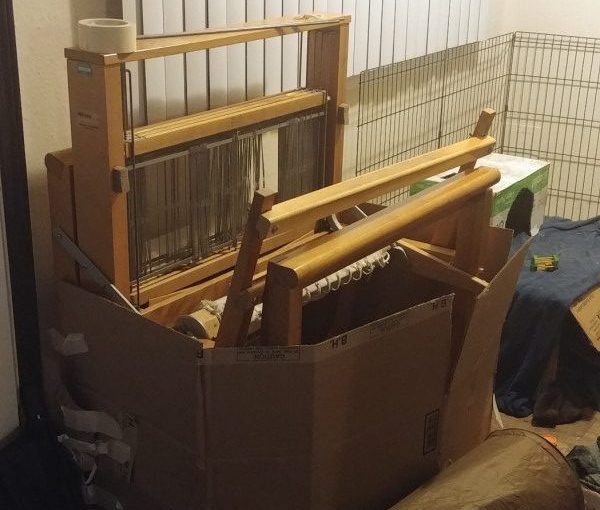This week was a bit different, in that I didn’t do as much spinning. I read a great deal, instead. Or, it felt like it. The amount of pages wasn’t that much, but I was taking an extensive amount of notes. I like taking Cornell notes and writing down the page numbers while reading. It makes finding the information I want and creating citations much easier. I usually don’t have to flip through the book again once I have my notes. It does make getting through the book somewhat of a slow process, though.
I could write several deeply researched essays just on the dozen pages that I read in the “Garments” chapter. Before launching into discussions about specific garments, the author talks about the fibers used, decoration and color, and the value of garments. The author, Lee, discusses how silk was imported and worn in Greece, but that there was the possibility that silk clothing may have been purchased and then painstakingly unraveled and rewoven into fabric that was more in line with Greek preferences . Even more mind-blowing (for me) is that ancient Greece may have had its own native silk on the island of Cos.
There is also the discussion of colors and dyes, which is one of my favorite topics. There is a good amount of evidence that a range of colors were used in textiles. Textile fragments from Kerameikos, an area of Athens, Greece, included pieces with red stripes, embroidery with red thread, and a skein of red thread. Yellow produced from saffron dye has been known since the Bronze age. The color prized above all, it seems, was purple and the best dye source was the murex shellfish . I don’t know how many articles and book chapters I’ve seen that have focused on purple dye, even if it says it’s going to cover a range of ancient dyes. It’s kind of frustrating, to be honest. I think I may start resenting purple, ha! But seriously: you may have noticed I mentioned red thread earlier, but the author said nothing about the dye. It’s oddly difficult to find authors willing to discuss what made red, blue, and other colors. I realize it may be that nobody ever bothered to write the information down, which is definitely possible. It makes me want to study what native plants of Greece may have dye potential, obtain them, and do dye experiments with the plants. That, though, is way more work than I’m willing to do at the moment.









